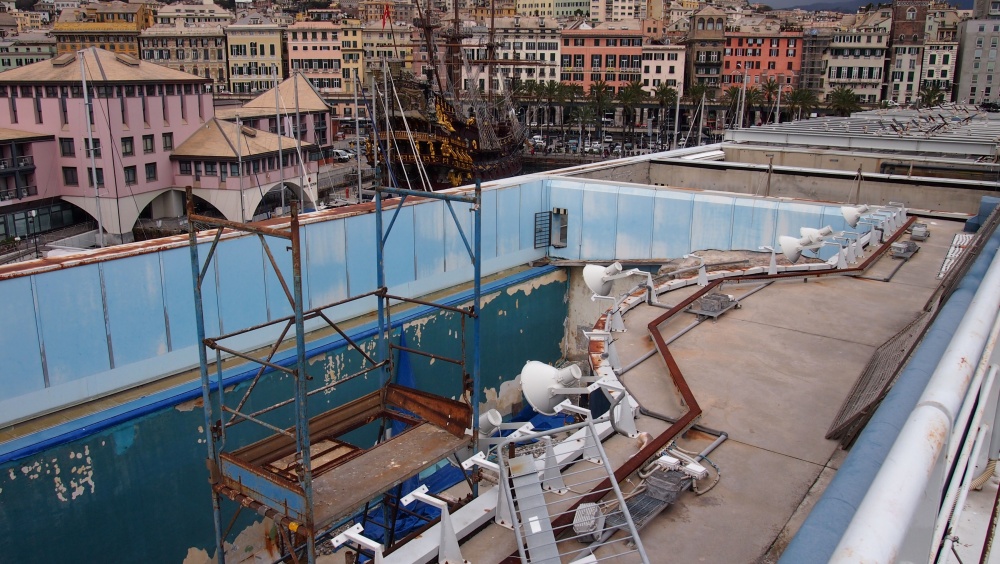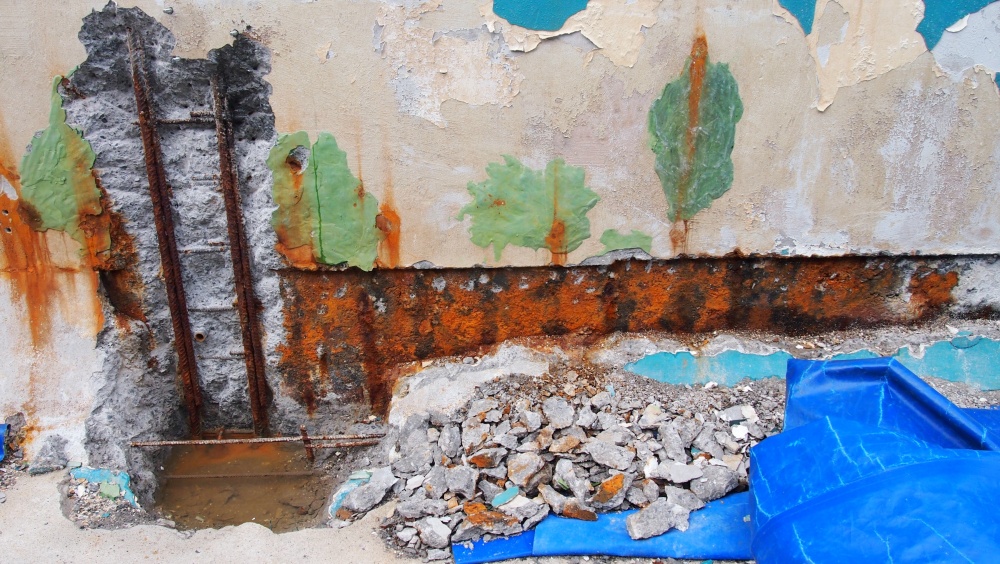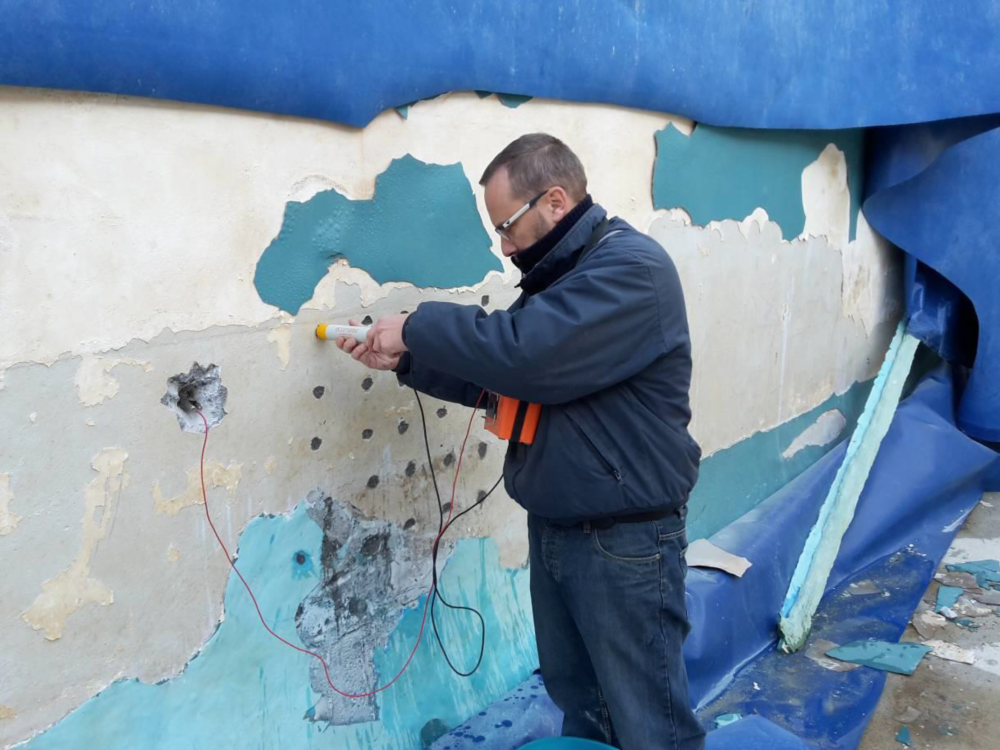
Genoa Aquarium Wins Award of Excellence
Vector was the recipient of the 2022 ICRI Award of Excellence in Special Projects Award and Project …

Located in the old port of Genoa lies Europe’s largest Aquarium. The Aquarium of Genoa was inaugurated in 1992 on the 500th anniversary of the discovery of America by Columbus. The site, now one of the most popular destinations in the City of Genoa and the region of Liguria, contains over 600 animal and 200 vegetal species, including sharks, sawfish, penguins, and dolphins.
While the entire Genoa Aquarium footprint contains 70 tanks and four open-air pavilions, the focus of the work revolved around only three specific tanks (V1, V2 & V3). Due to the nature of the tanks, chloride exposure from seawater has been consistent throughout its life. While a concrete waterproofing system was present, it was not sufficient to prevent accelerated deterioration due to chloride-induced corrosion.
Before the project moved forward, the owner had several requirements including:


Corrosion potential mapping was carried out to assess corrosion risk in sound concrete while unsound concrete was removed and repaired. To satisfy all project stakeholders, the engineer and the corrosion specialist developed a plan that:
By pursuing this approach, a service life extension of 30 years was possible with the addition of a new waterproofing system.
Three different types of embedded anodes were used to protect the shark tanks. Galvashield® XP4 anodes were connected to exposed steel in concrete repairs to prevent patch-accelerated corrosion in areas directly surrounding the repair. Galvashield® CC4 Type 2A anodes were placed into drilled holes in sound concrete to control corrosion before concrete corrosion-induced damage occurs. Finally, Galvashield® Fusion® T2 Two-Stage anodes were utilized to provide an initial burst of protective current to address active corrosion and then autonomously switch to galvanic protection for long-term maintenance.


A unique and cost-effective approach to service life extension was executed in 2020-2021. Four different types of galvanic and two-stage low voltage ICCP/galvanic anode systems were utilized based on the amount of concrete damage and the level of corrosivity. The anode systems were all designed to achieve a 30-year life, more than the 20-year service life extension defined in the tender documents.
This overall approach would have been difficult or maybe impossible without an owner with a long-term outlook and a comprehensive assessment of the tanks.

These innovative products and technologies were used on this project.